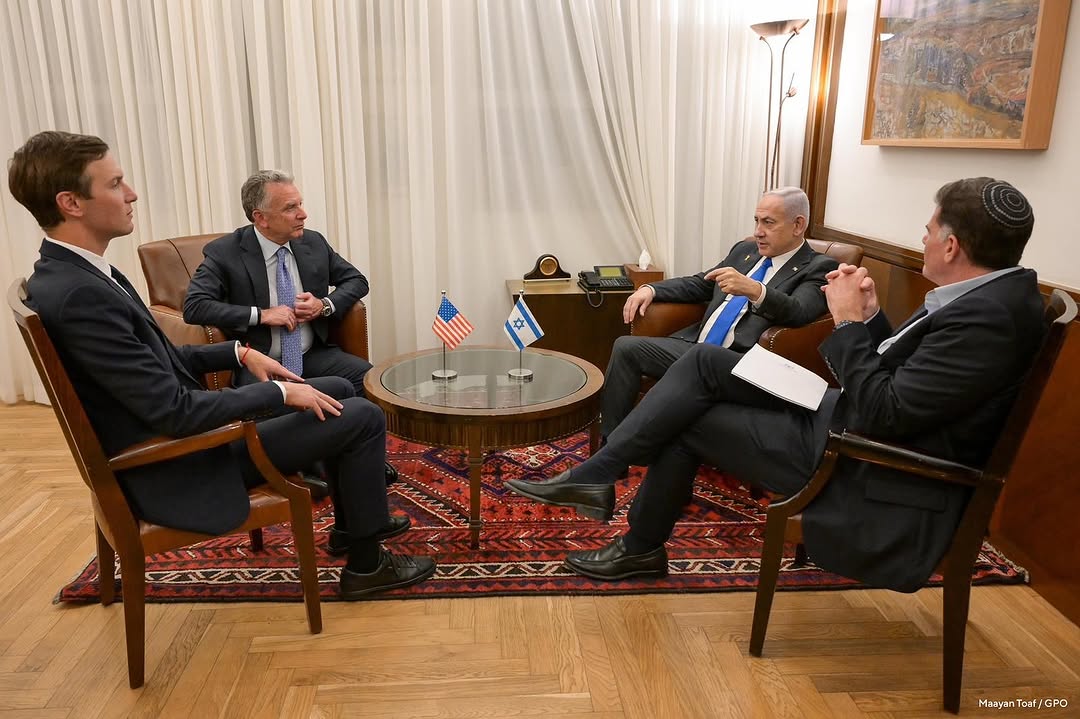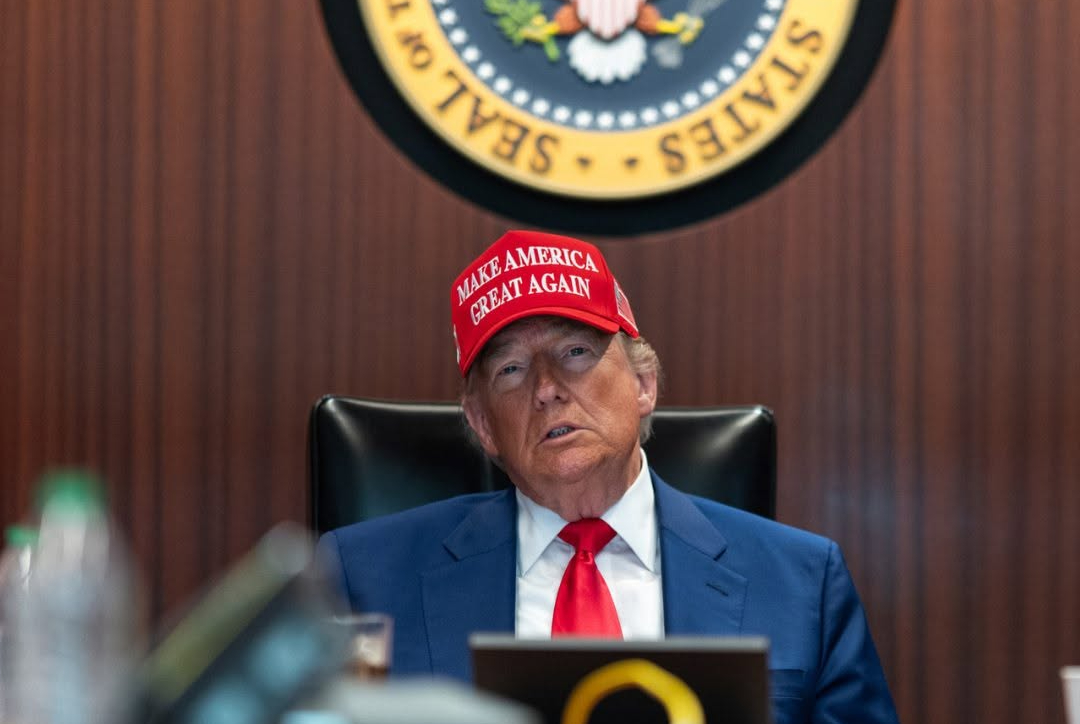Did Trump Broker the Gaza Ceasefire — and Will Business Remember Him for It?
A long-overdue humanitarian moment — and a complicated business story
The October 2025 ceasefire and the release of hostages from Gaza mark an enormous humanitarian relief after years of deadly conflict. For everyday people in Gaza and Israel, the immediate significance is plain and emotional: families reunite, wounded civilians gain access to aid, and a sliver of normal life becomes possible again. The hostages’ release is long overdue and profoundly human, underpinning any sober political or business analysis that follows, as reported by Reuters and the Associated Press.
But beyond the headlines lies a deeper business story, one of leverage, incentives, reconstruction capital, geopolitical hedging, and reputational stakes. At the center of it is a transactional actor: former President Donald Trump, whose style and networks align more closely with that of a dealmaker than a traditional diplomat. It’s reasonable to analyze the agreement through that lens; it’s another step to infer motives. Trump has not publicly stated that he wants this deal to redefine his legacy — that is an opinion offered here, not a reported fact.
The deal also carries economic ripples far beyond the region. The Gaza ceasefire is already influencing global oil trade, with analysts suggesting that easing tensions in the Middle East could stabilize supply routes and reduce volatility in energy markets — a reminder that peace, while political in nature, often yields immediate business consequences.
How the deal worked — the business mechanics of pressure and payoff
The ceasefire unfolded as a phased, milestone-driven arrangement — precisely the kind of approach a corporate negotiator would favor: deliverables first, larger structural issues later. Key, reported elements include:
-
Immediate phase (milestones): the release of living Israeli hostages and the transfer of Palestinian detainees and convicted prisoners in reciprocal waves. Reports cite ~20 living hostages expected to be freed in the first tranche, alongside hundreds of Palestinian detainees released by Israel.
-
Security concessions: limited Israeli troop withdrawals from specified Gaza areas, creation of humanitarian corridors, and conditional pauses in active strikes while verification mechanisms are developed reported by Reuters, AP.
-
Multilateral scaffolding: Qatar, Egypt, and regional Gulf states acted as intermediaries; the Palestinian Authority (PA) has signaled a readiness to play an administrative/reconstruction role under international oversight — though that role’s scope is contested.
From a business standpoint those components matter because they create measurable deliverables (hostage returns, aid flow) that reduce political risk and provide a basis for investor and donor confidence, but only if verification and enforcement work.
Trump the dealmaker: business instincts or geopolitical coincidence?
It is fair to analyze Trump’s role through the prism of his pre-presidential career. His known strengths as a negotiator—public pressure, rapid coalition building, and a taste for headline leverage—map neatly onto how the ceasefire was engineered: visible pressure on Israel to engage, coordination with Gulf mediators, and public framing of quick wins. Reuters and other outlets reported that Trump applied “maximum pressure” on Israeli leadership, leveraging U.S. standing to extract concessions.
Trump’s tactics closely resemble a corporate deal playbook: isolate counterparties, offer phased incentives, promise future payoffs (reconstruction aid, international legitimacy) in return for immediate cooperation. That does not prove motive — leaders often pursue many aims at once, but it does suggest that business-style dealmaking helped produce a negotiated pause where traditional diplomacy had struggled.
What the agreement actually promises for Gaza — facts and cautious projections
Confirmed (reported): Greater humanitarian access, staged prisoner/hostage swaps, and planned troop pullbacks with international monitoring are part of the current framework. According to Reuters, aid convoys are slated to increase substantially if conditions permit.
Open questions / reasonable projections (clearly labeled as such):
-
Disarmament of Hamas: Reports indicate Hamas agreed to certain limitations, but full disarmament mechanisms, timelines and verification remain ambiguous. Prediction: expecting rapid, verifiable disarmament in a fragile environment is optimistic; partial demobilization under international oversight is more likely short-term.
-
Governance model: The plan references technocratic administration and international oversight, with the PA positioned to have a supporting role. A hybrid model (local technocrats, PA oversight, and multinational monitors) is plausible but will face legitimacy challenges among Gazans and political pushback from Hamas loyalists. (Reported negotiations mention PA readiness; details sparse.)
-
Reconstruction financing: Costs will run into the tens of billions. Donor coordination and anti-corruption controls are essential. According to analysis from Haaretz, Trump’s approach echoes a long American tradition of presidents imposing ceasefires in the Middle East — a pattern dating back to 1948.

Israeli Prime Minister Benjamin Netanyahu met with U.S. President Trump’s special envoy to the Middle East, Steve Witkoff, and the president’s son-in-law, Jared Kushner
Leaders’ public reactions — what Netanyahu, Hamas and Palestinian leaders have said (reported)
-
Benjamin Netanyahu / Israel: Israel’s Cabinet approved the ceasefire outline, but Israeli leadership emphasized the right to respond to violations and retained security prerogatives. Netanyahu’s public statements stress both relief over hostages and caution about Hamas’ future capabilities reported by AP.
-
Hamas leadership: Hamas has agreed in principle to the phased swaps and temporarily to constrained operations for the sake of tranches, but public statements are selective; the movement has not publicly accepted long-term disarmament. This ambiguity remains central to whether the deal will stabilize or simply pause the conflict, according to reports from Reuters and regional news outlets.
-
Palestinian Authority and regional actors: The PA and mediating states (Qatar, Egypt, Gulf states) have publicly endorsed the mechanism to varying degrees and signaled willingness to help administer aid and reconstruction, often conditioned on safeguards and international oversight.
Business Risks and Market Reactions: How the Gaza Ceasefire Reshapes Regional Investment and Trade
From a business-reader perspective, the ceasefire changes the risk calculus for the region but does not eliminate risk. Key business implications emerge as markets and governments begin to react.
Energy markets are already adjusting, as de-escalation reduces the “Middle East risk premium” in oil and shipping markets. Reports suggest that spot oil prices could experience modest downward pressure, with insurance and freight rate normalization expected for Red Sea transit routes—though this depends heavily on how stable the ceasefire remains, as noted by TRT World, which highlights the fragile balance shaping regional energy confidence.
Reconstruction opportunities (and pitfalls) are also coming into focus. Tens of billions in rebuilding work—covering construction, power, water, and telecoms—will require private-public partnerships and donor financing. Companies with experience in rapid urban reconstruction, modular housing, energy grid restoration, and logistics stand to gain. However, firms must price in political and operational risk, build strong compliance programs, and expect long procurement timelines with heavy donor oversight. ABC News reports that world leaders are rallying behind the ceasefire, signaling potential large-scale aid commitments that could fund such reconstruction efforts.
For defense and security contractors, a short-term revenue decline is possible if hostilities subside. However, longer-term demand for security services, surveillance systems, and border control infrastructure is likely to increase as stabilization operations take shape—an outlook supported by Ynet News, which notes Israeli and regional defense firms are already recalibrating their strategies toward post-conflict security technologies.
Finally, donor risk and corruption controls remain major concerns. Large inflows of capital can easily leak without governance safeguards. International financial institutions and reconstruction agencies are expected to demand transparency, creating opportunities for audit, monitoring, and payments technology firms—mirroring historic post-conflict financial patterns.
The human calculus
For families and communities, this is not a geopolitical talking point; it is an existential relief. The release of hostages is a moral and humanitarian milestone that should be celebrated and protected. From a business ethics perspective, organizations operating in or near Gaza must treat the pause in violence as fragile, prioritize employee safety, support humanitarian logistics, and align reconstruction efforts with local needs and inclusion to avoid repeating extractive development mistakes.
Will Trump be remembered for this?
It is plausible that Trump would prefer to be remembered for delivering peace in Gaza, a single headline achievement that could reshape public memory of his tenure. His dealmaking instincts and appetite for high-profile outcomes make that desire understandable.
But historical memory requires durability. A temporary truce with hostages released is morally significant now, but to be a legacy-defining achievement it must evolve into lasting institutions: credible security guarantees, legitimate governance for Gaza, stable aid and reconstruction flows, and a verified, enforceable disarmament process. Without those, the ceasefire risks joining the long list of ephemeral pauses in the region’s history.
Bottom line for business leaders
-
Treat the ceasefire as an improvement in short-term operational risk, not a return to normal.
-
Watch verification mechanisms, multilateral stabilization force composition, donor pledges, and progress on disarmament as key indicators of lasting stability.
-
If you are in reconstruction, logistics, or infrastructure, prepare for long procurement cycles and intense compliance regimes; opportunity exists, but it comes with reputational risk.
- For investors, reduced geopolitical premiums are welcome — but do not mistake a pause for a permanent decline in risk.














